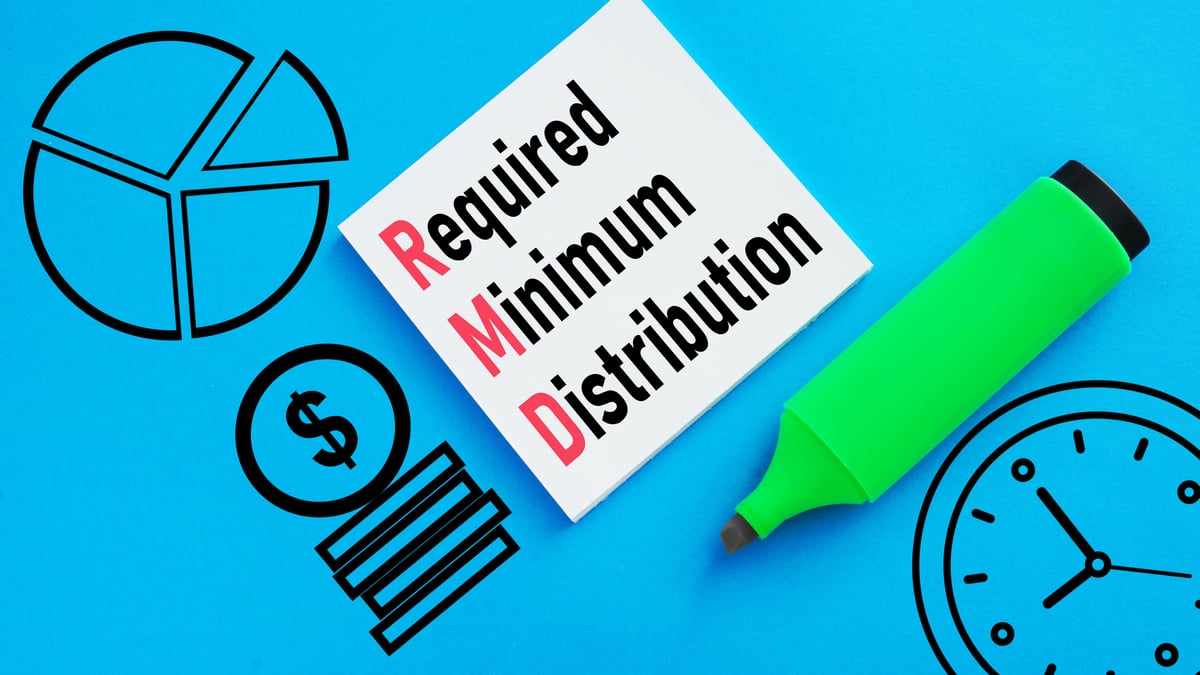When it comes to retirement savings, Roth IRAs are among the most popular accounts. Many savers are familiar with the basic perks, such as tax-free growth and withdrawal benefits. However, there's one overlooked feature that might ease your anxiety about locking money away in a retirement account for decades.

Image source: Getty Images.
Recapping Roth IRA benefits
Before we dive into an overlooked feature of the Roth IRA, let's take a look at the benefits that appeal to many retirement savers.
- Not tied to your employer: Unlike employer-sponsored 401(k)s, a Roth IRA is not tied to your job. You can open the account on your own at a financial institution, manage your investments, and contribute up to the annual limit, which is $7,000 if you are under 50 and $8,000 if you are 50 or older in 2024. Having a 401(k) plan at work doesn't stop you from also contributing to a Roth IRA if you meet the requirements.
- No age restrictions: Anyone can contribute to a Roth IRA at any age, whether they are 15 years old or 75 years old, as long as they have earned income and their income does not exceed the limits. For example, in 2024, you can contribute the full amount to a Roth IRA if your modified adjusted gross income (MAGI) is under $146,000 and you are filing single on your taxes. However, you cannot contribute more than your earned income for the year. This rule allows children to get a head start on Roth IRA contributions and potentially build a million-dollar Roth IRA over time.
- No required minimum distributions: With a Roth IRA, you contribute after-tax dollars now in exchange for tax-free income during retirement. You are eligible to withdraw your money tax-free after meeting the five-year rule and reaching 59 1/2. However, if you don't want to withdraw the money then, you can leave it in the account to continue growing. In fact, you never have to withdraw the money if you don't want to. Unlike a 401(k), the IRS does not require you to start taking money out of the account at a certain age, so you can leave it to your heirs if you choose.
An overlooked feature
Some people delay retirement planning because the thought of keeping their money locked up for decades can be terrifying, especially if emergencies arise. However, with a Roth IRA, you don't have to worry about setting off the IRS alarm if you touch your contributions. You can withdraw your contributions at any time without penalties or taxes. This is the benefit of paying your taxes upfront when you may be in a potentially lower tax bracket.
For example, let's say you contributed a total of $17,000 to your Roth IRA in 2022, 2023, and 2024, and your account grows to $20,000 by 2025. If an unexpected emergency happens in 2026, such as an extended period of unemployment, you can tap into your Roth IRA and withdraw the $17,000 without any penalties or taxes. However, if you touch the $3,000 in earnings, it's a different story, as taxes and penalties may apply.
Stay focused on your long-term goals
Although the flexibility to withdraw contributions from a Roth IRA can be very appealing, it can also put a dent in your long-term retirement goals. The purpose of saving money in a Roth IRA is to set aside funds for retirement. Constantly withdrawing money defeats this purpose. To reduce the likelihood of dipping into your Roth IRA funds, it's important to maintain a healthy emergency fund with at least 3-6 months of expenses and a savings account for more immediate needs.
It's also important to note that once you withdraw money from a Roth IRA, you can't pay yourself back later. Each year, there is a limit to how much you can contribute to the retirement account. Since contribution limits are relatively small compared to 401(k)s, your annual contribution significantly impacts how much you'll be able to invest and accumulate over time. Also, once your income exceeds the threshold, you won't be able to make direct contributions to the account and will need to find alternative ways to get your money into a Roth IRA.
As you plan your retirement savings goals, consider the pros and cons of all the accounts you have access to. Knowing you can withdraw what you've contributed any time can make retirement planning less stressful and might motivate you to max out your account if you can afford it. However, practicing good financial habits may mean you never have to tap into your Roth IRA contributions before retirement, giving you a better shot at accumulating a seven-figure retirement account.





